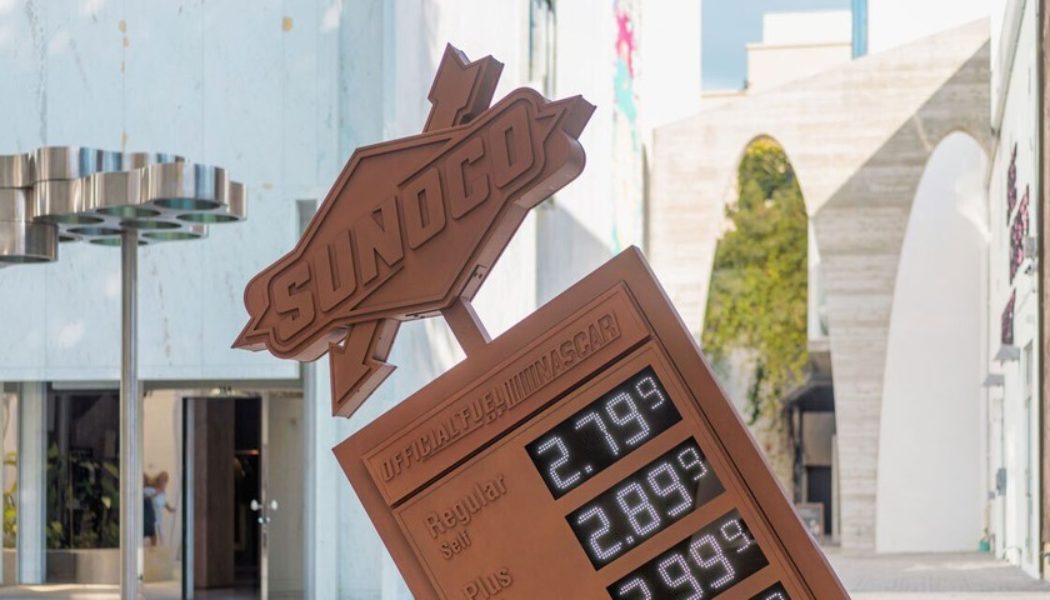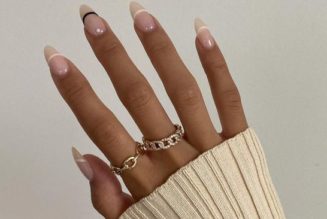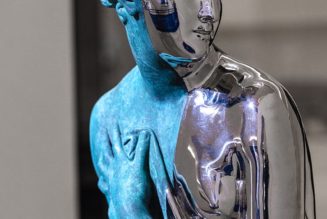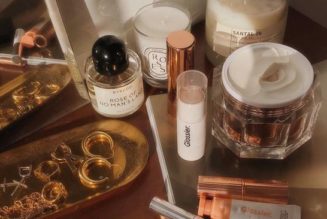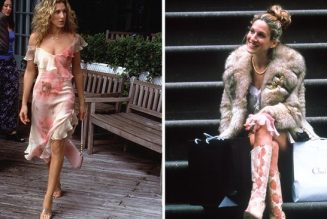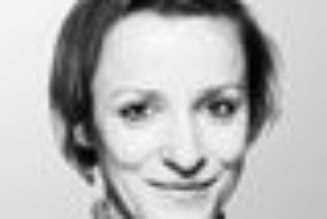
For 20 years, Art Basel has been at the epicenter of modernized art and prestige that has continued to attract patrons and enthusiasts from across the globe, opening its doors to new generations that have embraced new mediums of self-expression and galleries that showcase their ever-evolving palettes of what they consider “unique.”
This year’s 2022 Art Basel, however, which runs from December 1 to December 3 at the Miami Beach Convention Center, will be very different from its culture-rich predecessors as it puts our early exploration of the metaverse and digital collectibles front-and-center for the nascent Web3 community to experience.
Marking the largest edition to date, this year’s Art Week Miami will showcase 283 galleries, with 26 exhibitors participating for the first time.
And of course, those who have attended Art Basel over the years know that the “Art Basel experience” doesn’t stop at the official galleries and exhibitions themselves – rather, it extends beyond the convention center with unlimited formats of programming ranging from cultural institutions and private collections to satellite fairs, parties, and other privately held activations.
The Very First Art Fair
Born in Basel, Switzerland in 1970, the original art fair called for a new wave of art buyers and collectors, drawing more than 16,000 attendees to its inaugural event that showcases 90 galleries and 30 publishers from 10 different countries.
Without a doubt, the art fair became an instant hit in the art world, which sparked a massive movement to bring in an entirely new personality of art aficionados.
Welcome to Miami!
The rapid success of Art Basel began to cause waves, with art fair officials looking to take it international.
In 2002, Art Basel officially made its way to the United States, with its first-edition debut in Miami Beach, featuring 160 galleries from 23 countries bringing over 30,000 visitors to the city of Miami.
Unique to the first edition was the introduction of both the Art Unlimited platform – an open-plan environment that hosted a bolder type of contemporary media – and Art Basel Conversations, a series of panel discussions with leading members of the art world that helped to provide first-hand information on diverse aspects of collecting and exhibiting art.
In its efforts to inject meaningful conversations that could be presented from a spread of different perspectives from within the industry, the art fair designed its panel to include prominent art collectors, museum directors, biennale curators, artists, art critics, and architects.
Expanding to Hong Kong
In 2010, Art Basel expanded its borders to Hong Kong, presenting its inaugural show that garnered over 60,000 visitors – a 50% increase from its previously held art fairs.
During this period, the art fair really focused on aligning itself with partners who equally believed in empowering both emerging artists and non-profit visual arts organizations, launching its Crowdfunding Initiative alongside Kickstarter in 2014 and presenting its first iteration of the BMW Art Journey in 2015, as part of a joint initiative to recognize and support these emerging artists across the globe.
During the 2016 Hong Kong edition of Art Basel, officials launched Art Basel Cities – an initiative that worked to develop bespoke cultural offerings with Buenos Aires as its first partner city.
And in 2017, Art Basel and UBS commissioned a new annual art market report by Dr. Claire McAndrew – The Art Basel and UBS Global Art Market Report (“Art Basel Report”), which continues to cover main macroeconomic trends and offers fundamental insights on the art market.
A New Contender: Digital Art and Collectibles
Those attending this year’s Art Basel will undoubtedly come across Web3’s deeply rooted influence, as both legacy and emerging artists, brands, and tech showcase the future of digital art through blockchain technology.
Indeed, the COVID-19 pandemic helped to accelerate and transform how we perceive beauty and art, opening up the doors to new mediums like online virtual rooms, virtual reality, and 3D-built models of exhibitions that have been designed for attendees to interact with showcased art in ways that weren’t possible prior to the pandemic.
Despite the catastrophic symptoms that the pandemic wrought, Art Basel survived (and thrived) thanks to committed leadership that ensured it was ready to adapt, as it always had in the past.
And then 2022 kicked off with a number of unexpected challenges, including, but not limited to the war in Ukraine, stricter trade restrictions between the U.S. and China, surging inflation and interest rates, and cybersecurity incidents that shook investor confidence levels in the cryptocurrency and NFT markets.
By this year’s end, the global import and export of art is expected to reach record levels, surpassing the $30.5 billion USD valuation achieved in 2019.
This year’s 2022 Art Basel Report surveyed 2,700 high-net-worth individuals across 11 markets. According to the report, 77% of those collectors surveyed are still bullish and optimistic about the art market’s performance over the next six months – despite these rising interest rates and fears of another global economic recession.
Fifty-five percent of collectors surveyed said they planned to buy art in the next 12 months, with the majority of collectors expressing that they planned to attend more overseas fairs, exhibitions, and events.
As for what can be expected for this year’s Art Week Miami, digital collectibles and NFTs will certainly be the talk of the week, with many emerging artists and legacy brands integrating the metaverse into their activations.
Meet Art Basel’s New CEO: Noah Horowitz
Last month, Art Basel announced a change at its helm, appointing former Sotheby’s executive, Noah Horowitz as its CEO.
Horowitz, who has served as Sotheby’s WorldWide Head of Gallery & Private Dealer Services since September 2021, previously served as Director Americas Art Basel from 2015 to 2021. He took the reins as CEO in early November, succeeding Marc Spiegler, Global Director Art Basel.
Since 2012, Spiegel has served as Global Director, having launched new shows in Hong Kong and Paris, while staging 43 fairs and leading Art Basel through the COVID-19 pandemic. Upon Horowitz’s appointment, Spiegel shared that he is leaving Art Basel “on a high note” and that he believes Horowitz is “the perfect person to carry Art Basel forward.”
Spiegler, who will continue to serve in an advisory capacity to Art Basel for the next 6 months, will also provide Horowitz with the necessary support through Art Week.
For more Web3 related Art Basel news, please visit Hypemoon.
[flexi-common-toolbar] [flexi-form class=”flexi_form_style” title=”Submit to Flexi” name=”my_form” ajax=”true”][flexi-form-tag type=”post_title” class=”fl-input” title=”Title” value=”” required=”true”][flexi-form-tag type=”category” title=”Select category”][flexi-form-tag type=”tag” title=”Insert tag”][flexi-form-tag type=”article” class=”fl-textarea” title=”Description” ][flexi-form-tag type=”file” title=”Select file” required=”true”][flexi-form-tag type=”submit” name=”submit” value=”Submit Now”] [/flexi-form]
